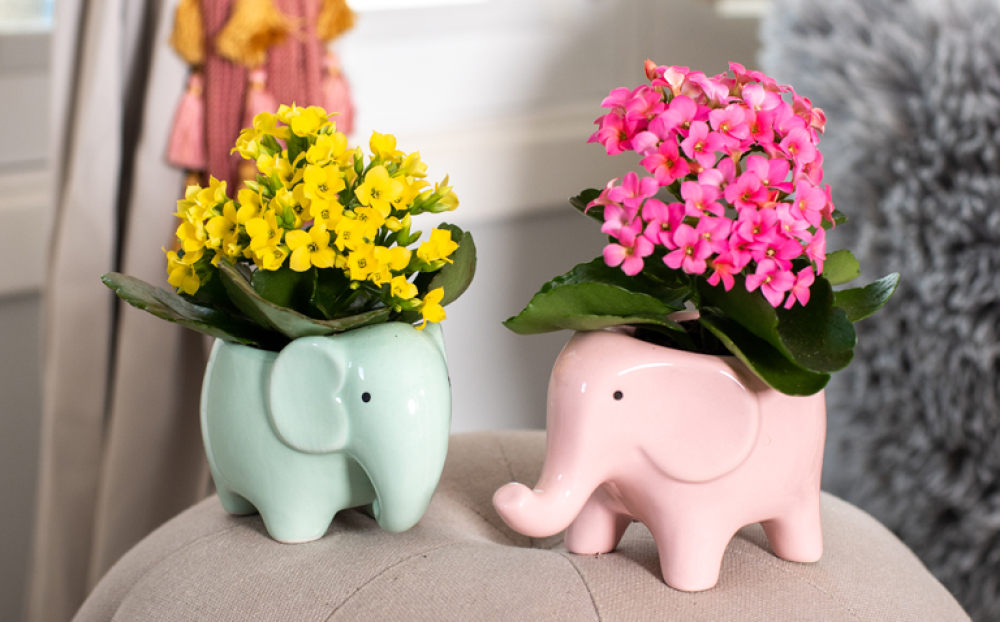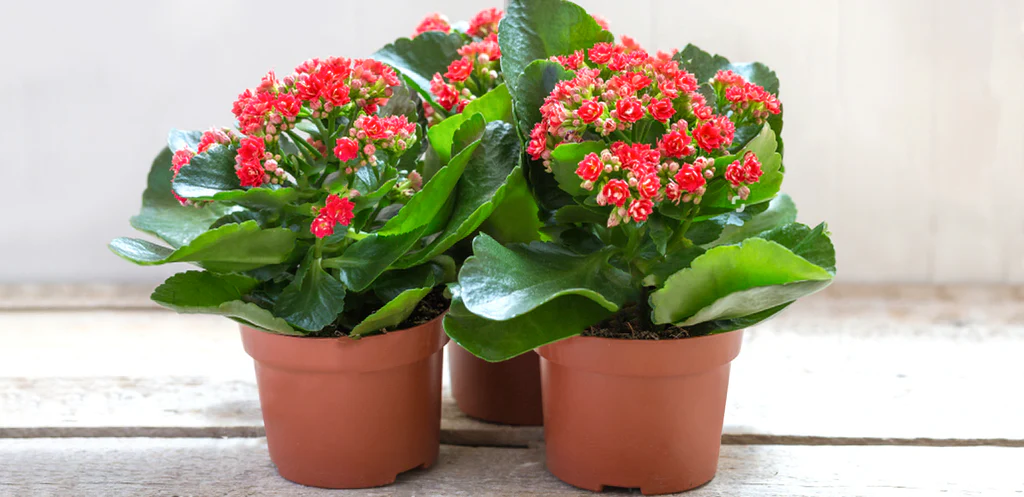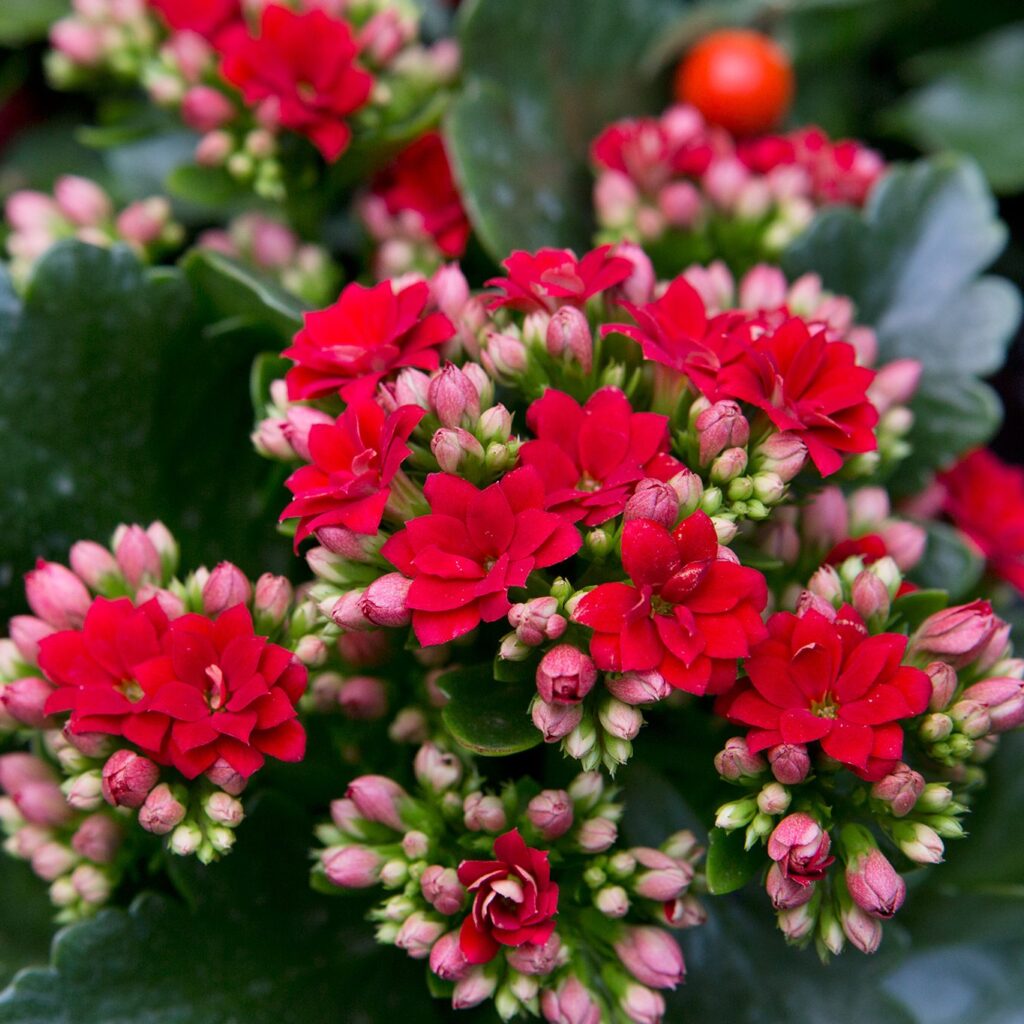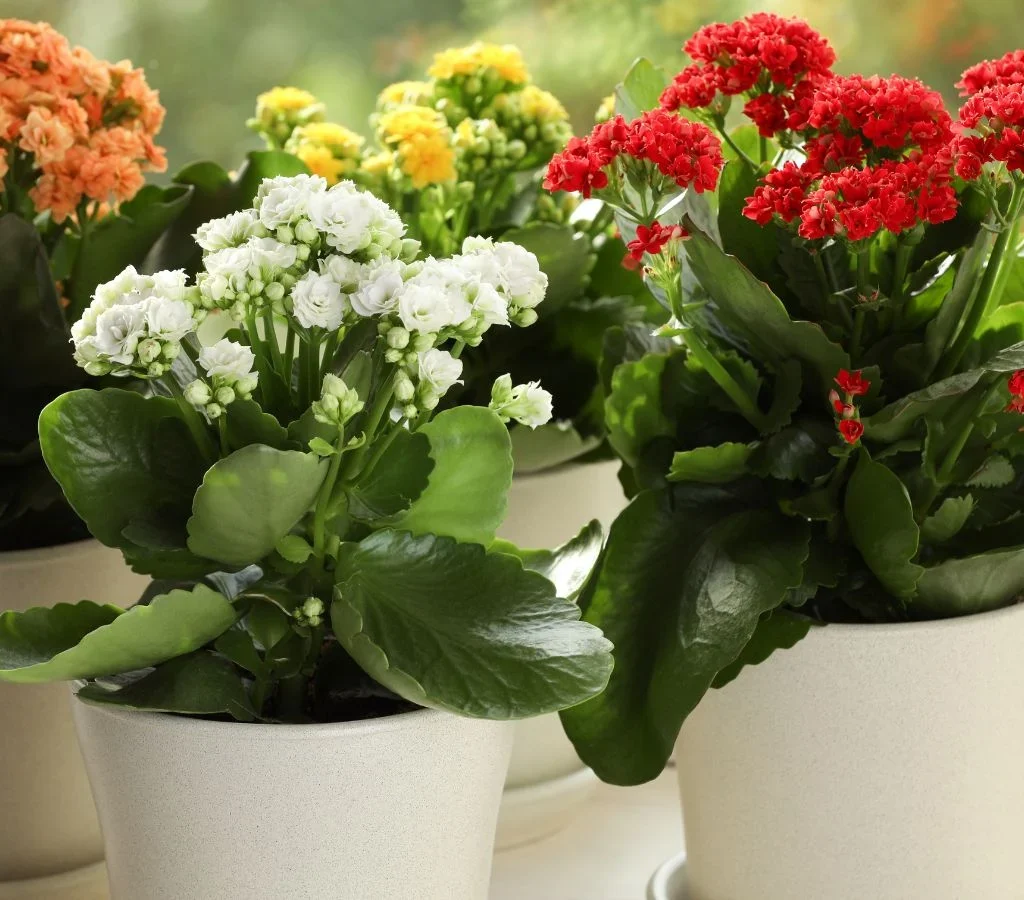Looking to add a splash of color and tropical charm to your indoor garden? The Kalanchoe plant is the perfect pick! Known for its long-lasting, vibrant blooms and easy-going nature, this succulent is a favorite among houseplant enthusiasts and beginners alike.
Whether you’ve just brought one home or you’re hoping to revive an existing plant, this guide will walk you through everything you need to know about how to care for a Kalanchoe plant at home — from light, water, and soil preferences to pruning, fertilizing, and troubleshooting common problems.

What Is a Kalanchoe Plant?
Kalanchoe is a genus of flowering succulents native to Madagascar and tropical regions of Africa. With over 200 species, these plants are adored for their thick, waxy leaves and vibrant, small cluster flowers that bloom in shades of red, pink, orange, yellow, and white.
The most popular variety for indoor care is Kalanchoe blossfeldiana, often seen in grocery stores and nurseries, especially around winter holidays and spring.

Why Choose Kalanchoe for Your Home?
- Bright, long-lasting blooms
- Low-maintenance succulent care
- Drought-tolerant
- Compact and space-friendly
- Air-purifying properties
This plant makes a cheerful windowsill accent, desk companion, or kitchen table centerpiece with minimal effort.

How to Care for a Kalanchoe Plant at Home
Here’s a detailed, step-by-step guide to keeping your Kalanchoe healthy and thriving indoors:
1. Light Requirements
Kalanchoe loves bright, indirect sunlight. Place your plant near a sunny, east- or west-facing window where it can soak in plenty of light without being scorched by direct midday sun.
Ideal Conditions:
- 6-8 hours of bright, indirect light daily
- Morning or late afternoon sun is best
- Avoid dimly lit rooms or constant shade, as this will result in leggy growth and poor flowering.
Tip: If natural light is limited, supplement with a grow light during fall and winter.

2. Watering Your Kalanchoe
Since it’s a succulent, Kalanchoe stores water in its leaves and prefers to dry out between waterings.
Watering Guidelines:
- Water thoroughly when the top 1-2 inches of soil are dry.
- Discard any excess water from the saucer to prevent root rot.
- In winter, reduce watering as plant growth slows.
Warning: Overwatering is the most common cause of Kalanchoe problems. Always check soil moisture before watering.
3. Best Soil for Kalanchoe
Kalanchoe thrives in well-draining, loose, and airy soil. Regular potting soil tends to retain too much moisture, so it’s best to amend it or use a cactus/succulent mix.
Ideal Soil Mix:
- 50% potting soil
- 50% perlite, coarse sand, or cactus mix
This combination ensures proper drainage and reduces the risk of root rot.
4. Choosing the Right Pot
Always plant your Kalanchoe in a pot with drainage holes. Terracotta or clay pots are excellent choices because they allow moisture to evaporate from the soil more quickly.
Tip: Avoid overly large pots — these plants prefer to be slightly root-bound.
5. Temperature and Humidity
Kalanchoe prefers moderate indoor temperatures.
Ideal Temperature Range:
- 60°F to 85°F (16°C to 29°C)
- Keep away from cold drafts, heating vents, and air conditioners.
These succulents don’t require high humidity and actually prefer dry indoor air — making them perfect for typical home environments.
6. Fertilizing for Healthy Growth
To promote lush leaves and vibrant blooms, feed your Kalanchoe during its active growing season (spring and summer).
Fertilizer Recommendations:
- Use a balanced, water-soluble fertilizer (20-20-20 or 10-10-10) diluted to half strength.
- Fertilize once a month during spring and summer.
- Avoid fertilizing during fall and winter dormancy.
7. Pruning and Deadheading
Pruning keeps your plant compact, tidy, and encourages repeat blooming.
How to Prune:
- Remove faded flowers by pinching them off just above the first set of leaves.
- Trim any leggy or overgrown stems with sterilized scissors.
- Cut back excessive growth after flowering to maintain the plant’s shape.
Tip: Don’t throw away healthy stem cuttings — you can easily propagate them!
8. How to Propagate Kalanchoe
One of the joys of owning a Kalanchoe is how easy it is to multiply!
Propagation Method:
- Take a 3-5 inch cutting from a healthy stem.
- Allow the cutting to dry and callous over for 24-48 hours.
- Plant it in a small pot filled with cactus mix.
- Water sparingly until roots develop (about 2-3 weeks).
Soon, you’ll have a brand-new plant to share or add to your collection.
9. Common Problems and Solutions
While Kalanchoe is relatively easygoing, here are a few common issues and how to handle them:
Drooping or Mushy Leaves
Cause: Overwatering
Solution: Allow soil to dry completely and reduce watering frequency.
Yellowing Leaves
Cause: Poor drainage or root rot
Solution: Repot in fresh, well-draining soil and trim away damaged roots.
Leggy Growth
Cause: Insufficient light
Solution: Move to a brighter location or use a grow light.
No Blooms
Cause: Too little light or lack of dormancy period
Solution: Provide at least 6 hours of bright light daily and reduce watering/fertilizing in winter to encourage blooming.
Bonus: How to Rebloom Your Kalanchoe
After its first show of flowers fades, you can encourage a Kalanchoe to bloom again with the right care.
Steps to Rebloom:
- After flowering, trim dead blooms and reduce watering.
- For 6 weeks, give the plant 12-14 hours of darkness each night and bright light during the day.
- Resume normal care after buds appear.
Tip: Place the plant in a dark closet or cover it with a light-blocking box during evening hours to initiate bud formation.
Final Thoughts
The Kalanchoe plant is an ideal addition to any indoor plant collection. Its cheerful, colorful blooms and low-maintenance care routine make it perfect for both novice and experienced plant lovers.
By following this complete care guide — from lighting and watering to pruning and propagation — you’ll enjoy a healthy, thriving Kalanchoe that brightens your home year-round.





Leave A Comment